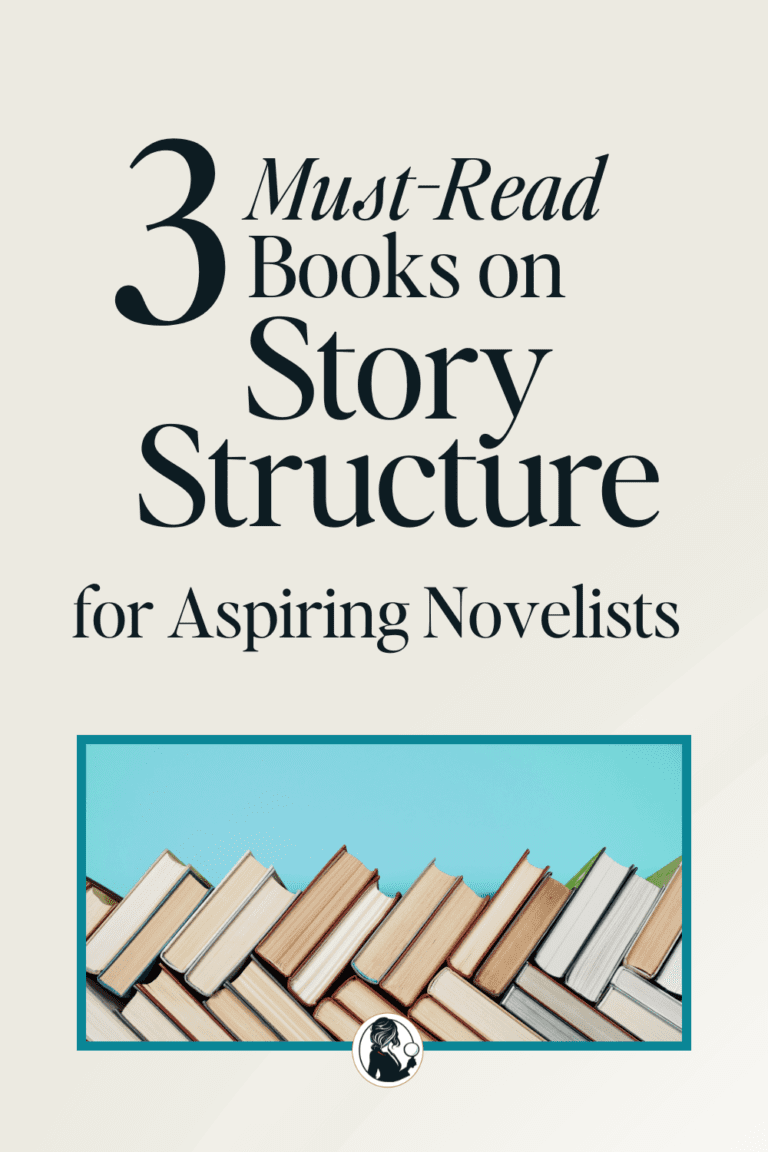Understanding Story Structure from the Movies
This weekend, I discovered a series of blog articles on story structure (thanks to twitter!), written by Larry Brooks at storyfix.com. (I definitely suggest subscribing to his blog — great stuff.) The information isn’t new and it’s actually something you can find if you look anywhere about the basics of storytelling. And that, actually, is what makes it so valuable. It’s old, it’s been tried and it’s very, very true.
It’s essentially the bones that holds up the meat in a story. We’re talking about turning points here, or Plot Points, but what I liked about this series was the explanation of the four parts of a story: Setup, Response, Attack and Resolution. It talks about how the scenes in each section all correlate to that part in some way. Prior to the first Plot Point (or Turning Point) , the scenes are about setting up the story. And this doesn’t mean backstory — it means establishing character, establishing what’s at stake, and what the inner conflicts are.
This isn’t about being a plotter or a pantser..it’s about the basics of the story you do tell, what needs to be there, how it needs to flow together. And after reading Larry’s entire ten part series on Story Structure, I decided to test his information. Was it true? Would every movie I watched follow this structure? Would every book?I wasn’t trying to prove him wrong, because as I read the articles, I could feel how absolutely right he was. I just wanted to see how easy it would be to identify the points, to watch different types of movies and see if I could find the Plot Points, the “parts” of the story easily. So I thought I’d share my test with you.
Yesterday was movie day. We watched movies, and I had my trust notebook with me, with notes about what I was looking for. The movies I watched:
- Simply Irresistible (romantic comedy)
- Hancock
- Spiderman
And in order to do that, I made a simple word document to help me.
I’m going to go through the romantic comedy, because I want to focus on story structure for romance.
SIMPLY IRRESISTIBLE
Part 1 Setup
Hook: a man with magical abilities finds the heroine in the market (also introduction to hero)
Stakes: Losing the restaurant that’s been in her family for 70 years
Conflict: she’s not as good as her mother, being a chef
PLOT POINT/TURNING POINT 1: Magic helps her become a better cook (viewer knows this, she doesn’t), also helps her bring the guy closer
Part 2: Response
Her response to the above: She doesn’t really question the change, just keeps trying new things to save her restaurant. She also enjoys the benefits, cooks for the hero — enjoys getting closer.
Mid-Point/Turning Point: Her restaurant becomes a success: her initial goal — to save the restaurant has been accomplished. The story shifts from fighting to save her restaurant
Part 3: Attack
Her response to the above: She finally starts discussing why all these things have happened and admitting to them.
Plot Point/Turning Point 2: Her hero realizes that there’s something magical about her, and it ruins their relationship. He thinks it’s all magic, and not him. Breaks away.
Part 4: Resolution
Her response to the above: Acceptance that she’s magical in some way, tries to discuss with the hero. And ends up using her abilities to help him in HIS problem.
Now what I found interesting when I did this is because it’s a romance, the heroine’s story isn’t the only one being told. The hero has conflicts, things at stake and a journey of his own. So at the same time I could establish her story structure, HE also had the same format.
HERO: SIMPLY IRRESISTIBLE
Part 1 Setup
Hook: he meets a new woman who intrigues him
Stakes: He’s gambled a lot with a new restaurant venture and stands to lose his job, everything, if it doesn’t succeed
Conflict: He doesn’t believe in happy relationships – not good at them. Thinks that things tank after the 4th date.
PLOT POINT/TURNING POINT 1: Tosses work aside to spend time with HEROINE, jeopardizes his work relationships with investors.
Part 2: Response
His response to the above: He questions why he’s different around her and wonders why he would brush work off for her. So he backs off–he can’t afford distractions. But he’s still drawn to her, and continues to date her, even as he can’t quite figure it all out.
Mid-Point/Turning Point: The chef for his restaurant threatens to quit, but instead of dealing with the crisis, he ends up going a little nuts over HEROINE’S cooking…
Part 3: Attack
His response to the above: Knows something is wrong and that he needs to break it off.
Plot Point/Turning Point 2: He realizes that there’s something magical about her, and breaks it off. He thinks she’s like a witch.
Part 4: Resolution
His response to the above: Anger, fear, hides from her…until his chef does quit, and he has to trust her to help him with his restaurant opening.
What was interesting to me about this particular exercise is that when I also applied the “formula” for romance stories: “Boy Meets Girl, Boy Gets Girls, Boy Loses Girl and Boy Gets Girl Back” — you can see easily that it fits into the four parts of a story. And the “Boy Loses Girl” moment — otherwise known as the black moment –was also the same Plot Point/Turning Point 2 for BOTH the hero and heroine on their journey.
I’m going to try this out with another of my favorite romance movies and see if that still holds true.
But out of the three movies I watched yesterday, each one adhered to this structure. And all the scenes correlated to that specific portion of the story. Scenes in Part 1 were about setting up the basics: establishing a character the audience could empathize with, establishing what’s at stake for that character, and establishing their own inner conflicts, as well as what the antagonistic or opposing side is. Scenes in Part 2 were about the response — the human one that will fail most likely– to the first major plot shift (Plot Point/Turning Point 1). Scenes in Part 3 were an accelerated response, pushed up by Plot Point/urning Point 2 — the “heroic” response. And scenes in Part 4 were about resolution.
So I challenge you — pick a few of your favorite movies, download this template, and test it out for yourself. I am finding it a tremendous help in understanding my own work, what scenes need to be where and why.
—————————————————————————
Story Structure Ten Part Series, Storyfix.com
- Story Structure: Just Possibly the Holy Grail of Storytelling
- #1: Introducting The 4 Parts of the Story
- #2: Milestones Along the 3-Part Storytelling Road
- #3: Five Missions for the Set-up (Part 1) of the Story
- #4: The Most Important Moment in Your Story: The First Plot Point
- #5: Part 2 of Your Story: The Response
- #6: Wrapping Your Head Around the Mid-Point Milestone
- #7: The Part 3 Attack
- #8: The Second Plot Point
- #9:Pinch Points
- #10: Part 4: The Final Act
- Epilogue: The Fine Print
- Story Structure vs Story Architecture: What’s the difference?
Also on this topic: Do You Know Your Turning Points?




I’m just starting to think out my next story. I’m going to try your template it looks like something a plotter or pantster can use.
You know, as soon as I watched Hancock, I thought “I could really do something with that!” lol
I loved the premise of it, but it needed a romance-ending 🙂
Wow. There’s a wealth of education in your links here. I think I’ll have to leave this window open for a week or two while I explore them.
Thanks!